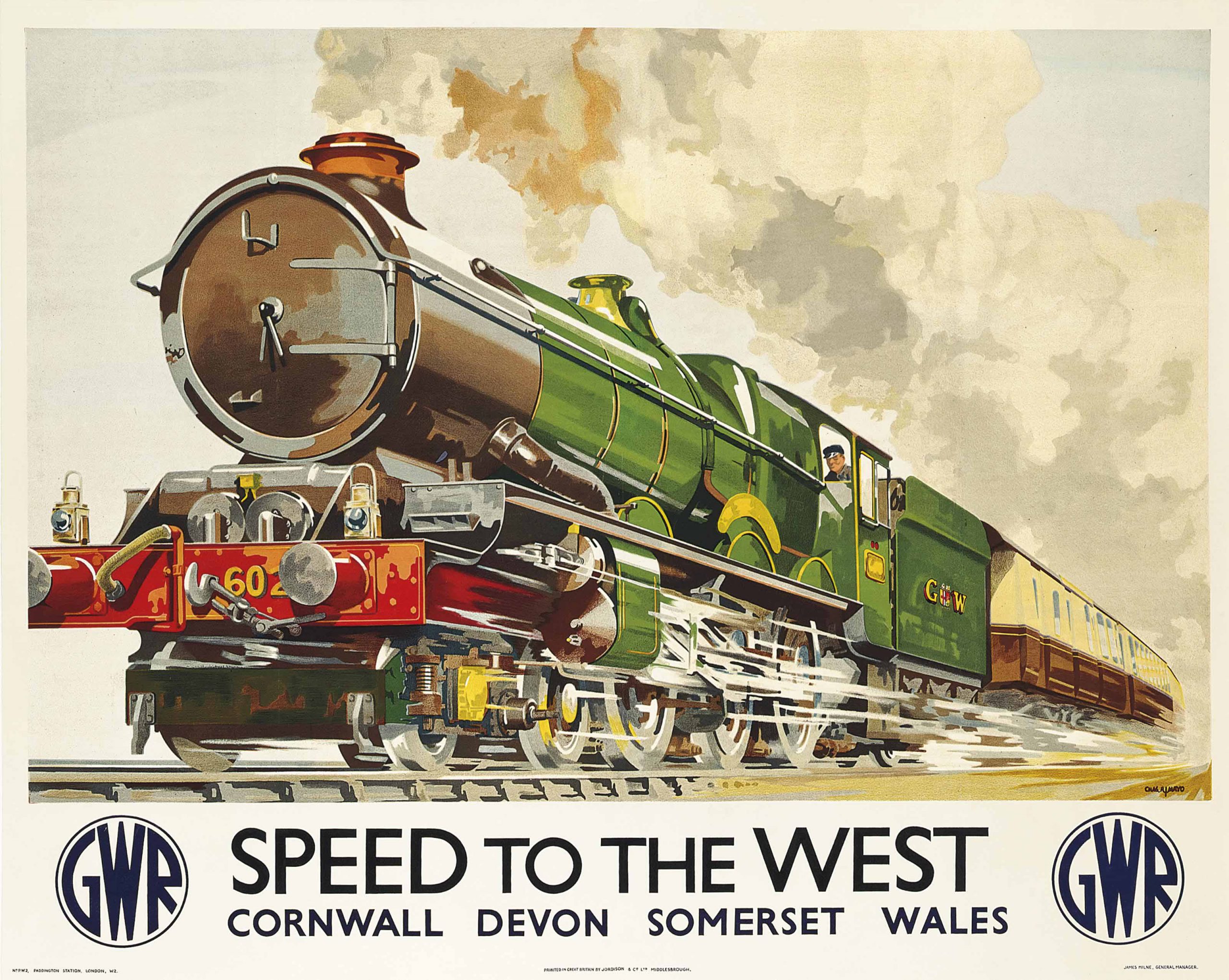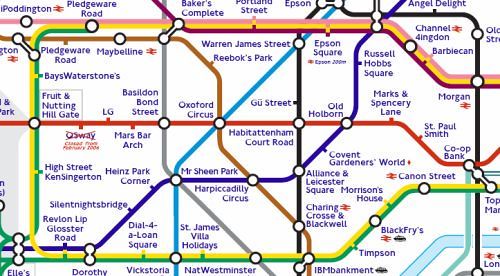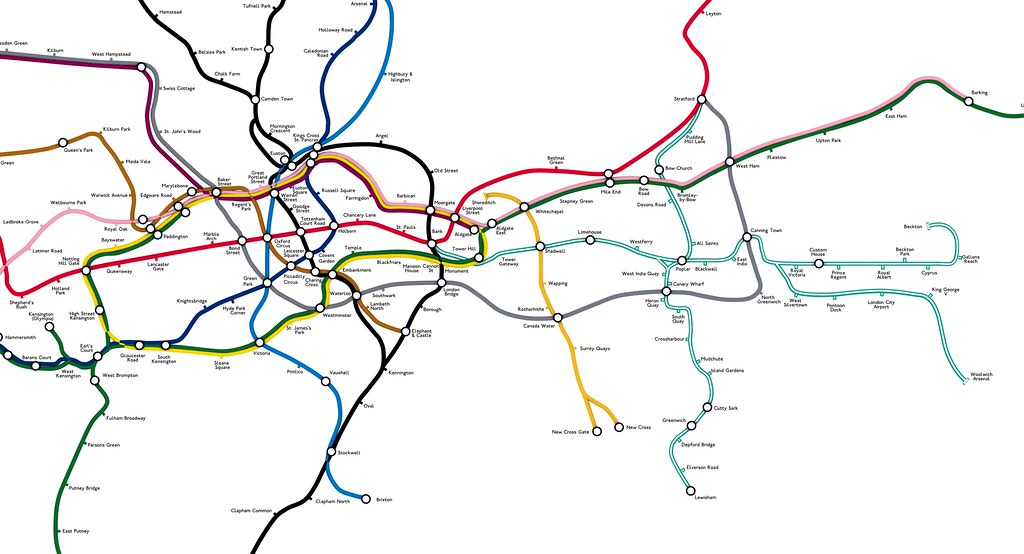
Introduction to British Railway Posters
When one thinks of the golden age of travel, it’s difficult not to picture the vibrant and captivating railway posters that adorned station walls and travel agencies throughout the early to mid-20th century. These pieces of art were more than just advertisements; they encapsulated a spirit of adventure, evoked a sense of nostalgia, and played a crucial role in defining how the British public perceived travel. The combination of art, culture, and a dash of marketing wizardry created a phenomenon that continues to influence our understanding of travel today.
The Origins of Railway Posters
The journey of railway posters began in the late 19th century, a time when the burgeoning railway network in Britain was transforming how people traveled. Railways were no longer just a means of transportation; they became a symbol of progress and modernity. The Industrial Revolution had given rise to a new era of mobility, and with that came the need for effective advertising to encourage the public to embrace this novel way of traveling.
Initially, railway companies relied on more straightforward methods of marketing, such as pamphlets and simple handbills. However, as competition intensified, they soon realized the importance of visually striking posters that could capture attention and inspire wanderlust. Artists were commissioned to create eye-catching designs that not only showcased the railway services but also highlighted the stunning landscapes and exciting destinations.
The Artistic Evolution
The artistic styles of railway posters evolved over the decades, reflecting broader trends in visual culture. Early posters were often influenced by Art Nouveau, characterized by elaborate decorative elements and flowing lines. These designs were whimsical and romantic, enticing travelers with promises of beautiful landscapes and leisurely journeys.
As the 1920s approached, a shift occurred towards a more streamlined and modern approach, mirroring the influence of the Art Deco movement. Bold colors and geometric shapes replaced the intricate designs of previous eras. The posters became less about the landscapes themselves and more about the experience of travel, emphasizing speed, efficiency, and luxury. The imagery often depicted smiling families enjoying their journeys or glamorous couples sipping tea in lavish train carriages.
Iconic Designers and Their Contributions
Several artists played significant roles in shaping the aesthetic of railway posters, each bringing unique flair and vision to the medium. Among them was Frank H. Mason, whose work is characterized by vivid colors and dynamic compositions. His posters often highlighted coastal resorts, inviting travelers to escape to the sea. Another notable figure was Edward McKnight Kauffer, who introduced a modernist style with bold graphics and a focus on transportation.
One cannot discuss railway posters without mentioning the impact of the London Transport Museum, which has preserved a vast collection of these works. The museum has played a pivotal role in showcasing the history and significance of travel posters, ensuring that future generations appreciate their artistic value.
The Role of Typography
Typography was another essential element in the design of railway posters. The fonts used were often custom-designed to reflect the character of the rail service. Bold, sans-serif typefaces became popular, as they were easily readable from a distance, making them effective for passing travelers. Each railway company developed its own unique typographic identity, which helped to differentiate their services while contributing to the overall visual appeal of their posters.
Themes and Imagery
The themes represented in railway posters were as diverse as the destinations they promoted. Coastal resorts, picturesque countryside, and historic cities were all common subjects. The imagery often conveyed a sense of adventure, with bold depictions of landscapes, iconic landmarks, and cultural attractions. These visual narratives not only highlighted the beauty of the British Isles but also evoked emotions tied to travel—excitement, curiosity, and a longing for exploration.
Seaside holidays became a recurring theme, especially during the post-war period when a growing middle class sought affordable vacations. Posters featuring idyllic beach scenes, vibrant promenades, and cheerful families were designed to entice the public to visit popular coastal towns such as Brighton, Blackpool, and Margate. This imagery tapped into a collective desire for leisure and escape, perfectly capturing the ethos of a bygone era.
The Impact of World War II
The onset of World War II brought significant changes to the railway industry and its advertising practices. With travel restrictions and rationing in place, the focus shifted from leisure travel to wartime transport. However, even during these challenging times, railway posters adapted to convey messages of resilience and unity. Designs encouraged the public to support the war effort by utilizing rail services for essential travel.
Following the war, the return to peacetime brought about a revival of travel posters, reflecting a renewed sense of optimism and adventure. The design aesthetic began to evolve once again, incorporating elements of modernism and a more vibrant color palette. Artists embraced a sense of freedom and exploration, depicting not only domestic travel but also international destinations.
The Decline of the Poster Era
As the decades progressed, the rise of television, the internet, and other forms of advertising began to overshadow railway posters. The art of poster design experienced a decline as companies shifted their marketing strategies to embrace new technologies. However, this decline does not diminish the significance of railway posters in shaping travel culture.
Despite the changing landscape, railway posters have experienced a resurgence in popularity in recent years. Vintage designs have become sought-after collectibles, with many people appreciating their historical and artistic value. Reproductions of iconic posters can be found in homes, offices, and cafes, serving as a reminder of the allure of travel and the artistry that defined an era.
Nostalgia and Modern Travel
Today, the charm of railway posters lies in their ability to evoke nostalgia. They transport us back to a time when travel was an adventure, characterized by elegance and romance. In an age of fast-paced travel and digital distractions, the artistry of these posters reminds us to slow down, appreciate our surroundings, and embrace the journey.
Many modern travel companies and tourism boards have recognized the nostalgic power of railway posters and have begun to incorporate retro-inspired designs into their marketing efforts. By blending contemporary elements with vintage aesthetics, they seek to rekindle that sense of adventure and connection to the past.
Conclusion: Preserving the Legacy
The art of British railway posters is a remarkable blend of creativity, marketing, and cultural significance. These vibrant pieces of art not only defined an era of travel but also continue to inspire us today. As we look back on their legacy, we are reminded of the joy of exploration and the beauty of the world around us. The influence of these posters will undoubtedly endure, inviting future generations to embark on their own journeys filled with wonder and nostalgia. Whether you’re a travel enthusiast, an art lover, or simply someone who appreciates a good story, the world of railway posters is one that continues to captivate and inspire.


